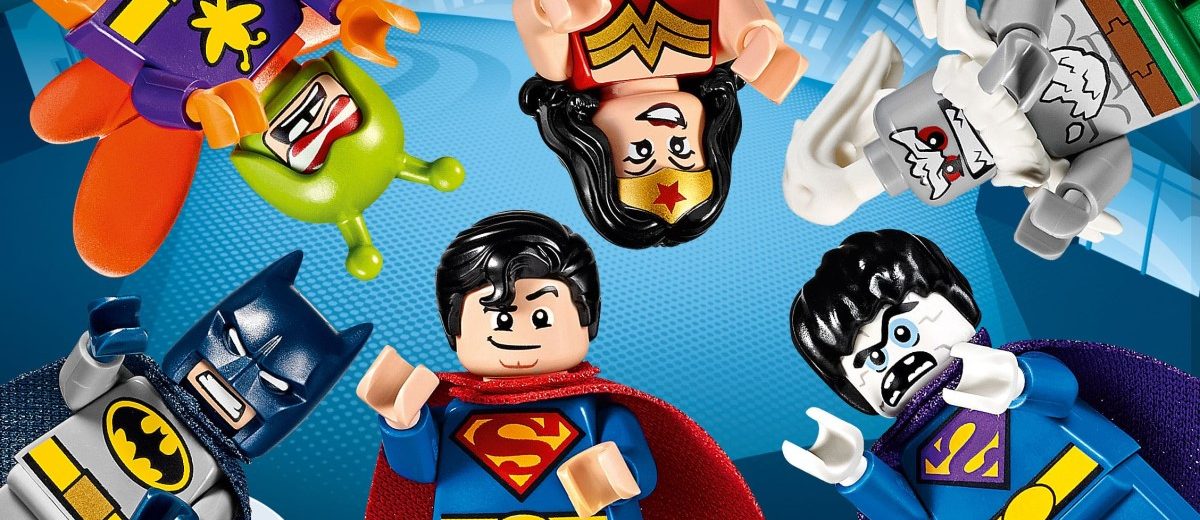Are you wearing a cape?
Probably one of the bigger concepts to convince people of in the realm of life skills, is that of not “saving” people, but simply “helping” them. Let me explain that further. Since we believe wholeheartedly in the concept of “sustainable life skills” it is important that everything we do is servicing teaching skills that students are able to carry forward for the rest of their lives.
The reality of our current world, is that many professionals, parents, and friends engage in acts of “saving”, meaning they tend to step in and DO something for someone in order to save them from themselves. This problem is widespread, and fosters victimhood and a helplessness mentality that is far too often found in our culture.
We are all guilty of it from time to time… making statements like “I’d rather do it myself so I know it’s done right.” I know I am, more than I care to admit sometimes! The problem is that everyone suffers from this approach. The person you are “saving” from doing it themselves, never learns how to do the action the right way, and the person doing the “saving” is often doing so at their own deficit. So why do we feel compelled to save someone since we know it doesn’t have the greatest results? Let’s examine the pros and cons of being a “rescuer” to shed some light on that.
Being a Rescuer Pros..
-It makes us feel more in control
-It gives us the illusion we can control the outcome
-It’s faster if we just do it ourselves
-It makes us feel good to “save” someone
We Often Get Praise for “Saving” Someone
And that’s just a start. Do you notice something about that quick list I just made? It’s all about me! This isn’t about ME! This is supposed to be about helping someone… Funny
Life skills is about taking calculated risks. The process we undertake is a long and arduous one of allowing individuals to navigate good and bad decisions as a part of their learning process. First, we educate and model the proven and correct method of doing something, then we allow for decisions to be made, if good ones are made the individual learns the benefit of obtaining knowledge via assimilation of other’s studies and experience. If they make a bad decision they are forced into an assessment period of evaluating what went wrong, why it went wrong, and how they can do better next time.
We constantly go through a process of deciding whether we are “helping” someone or we are “rescuing” someone, with recognition that the only time it is appropriate to rescue someone is if they are in imminent danger. Otherwise they MUST be allowed to navigate the process alone, but with guidance. This is the only way their change will be sustainable. If you really want someone to make different decisions, you first need to change the WAY they think. That comes with TIME, UNDERSTANDING, and GUIDANCE. The reality is that there is no real way to force someone to think different, or act different. They need to want it for themselves. For that to happen, they first need to realize the way they think is false, and in the process, come to question everything they have come to believe in their years on this Earth. Cleary no small order. I for one, regardless of the flak I get in life for not doing enough “saving” or “rescuing,” will continue to resist the urge to do so. This is because I know it is more about actually helping the person in question rather than merely the surface level of looking and feeling like a rescuer. I’ll leave you with these quotes to finalize my thoughts on the subject.
“If the rescuer identify is ever to be given up for something more authentic, it will be for this singular reason: The rescuer comes to understand that he can’t really save anyone…”
“We don’t “get” people to do things. They either do them or they don’t based on their own belief systems, rationales and the choices they make out of those belief systems and rationales… The bottom line is that people do what they think is going to work for them. Even if what works for them is another financial fiasco, or another drink, or another abusive relationship, even if what works for them is a continuation of a victim identify, they choose it based on their own belief systems, rationales and the choices that come from the same.”
